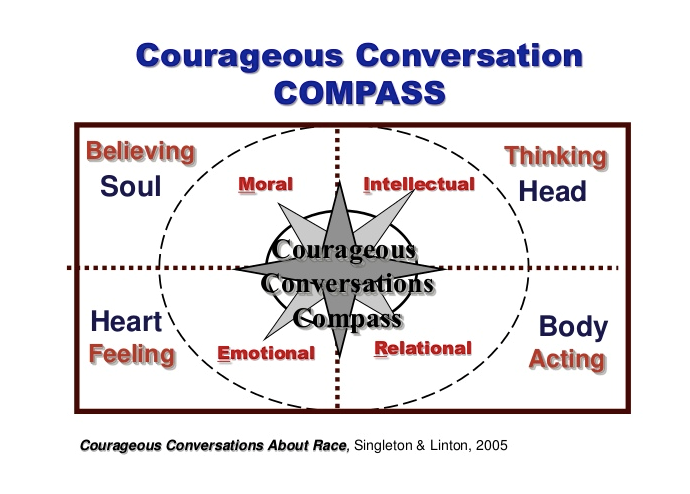Google Doc version (to print or share): The Danger of A Single Story
Objective: To identify ways in which our learning environments can curate a single story of our learners.
The estimated time for this activity is 30-45 minutes.
Stop and Think
Key (T – teacher; SL – school leader; DL – district leader)
In her TED Talk, The Danger of a Single Story, Chimamanda Adichie warns that if we only hear a single story about another person or country, we risk a critical misunderstanding. How does hearing the story of another person build our empathy?
- Chimamanda Adichie talks about the “patronizing well-meaning pity” she experienced while attending university. What are some examples you see of this in your learning environment? (T, SL, DL)
- What critical misunderstanding might you have about your students in this remote/hybrid learning environment? (T, SL)
- How might some of your highest-performing students be affected by the danger of a single story? (T)
- How are some of your most vulnerable students affected by the danger of a single story? (T)
- What opportunities do students have to demonstrate their version of the basket that Fide’s brother made? (T, SL, DL)
- What are your major takeaways, aha moments, and next steps from the video? (T, SL, DL)
- How can you create expanded opportunities for students so as not to “flatten” their experiences in a remote/hybrid environment? (T, SL, DL)
- How can you use your students’ stories as a tool to empower them? (T)
Collaborate
The graphic below is from the text Courageous Conversations and is used as a norm for discussion around sensitive topics, such as racial identity. There are four primary ways that people deal with racial information, events, and/or issues that correspond to the reflection points:
- Emotional — feeling; from the heart
- Intellectual — thinking; from our brains
- Moral — believing; from our souls
- Relational — acting; from our bodies

In your grade-level team, content team, or small group, you will use the graphic above to anchor your conversation as you share your story. Each member can share as much information as they feel comfortable sharing. Allow each person up to five minutes to share their stories as the rest of the group actively listens. The starters listed below are suggestions to begin the sharing process; do not feel compelled to respond to each.
- Share about your childhood family experiences.
- Describe the greatest lesson learned while you were in school (K–12).
- What led you to education?
- Share your family history and how that has shaped your worldview.
